Reliable, Efficient, Easy-to-Use Testing Solutions for Malting & Brewing
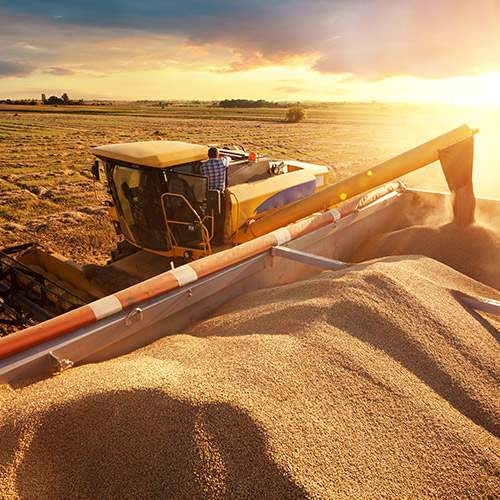
Whole Grain Analyzers
Whether you’re at the receiving area or in the lab, our whole-grain analyzers portfolio, with multiple official approvals, can help you get accurate results for ...
Learn More
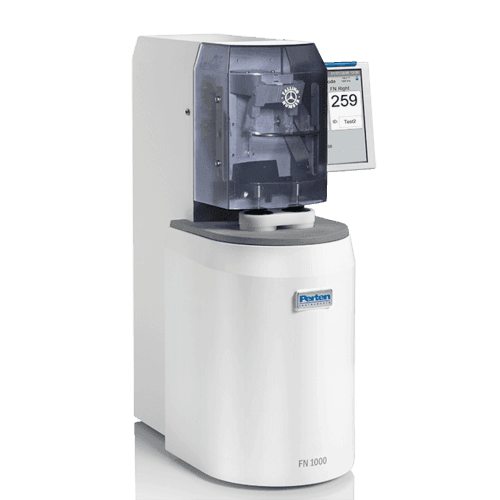
Falling Number
The World Standard Method for determining sprout damage and alpha-amylase. The Perten Falling Number® System measure alpha-amylase enzyme activity in grains and ...
Learn More
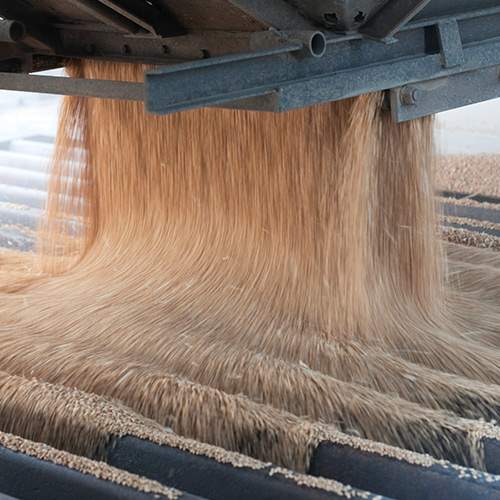
Process NIR Analyzers
Our in-line and online process monitoring instruments are typically installed in the process line – on a mixer, in a pipe, or at a transition point – and can se ...
Learn More
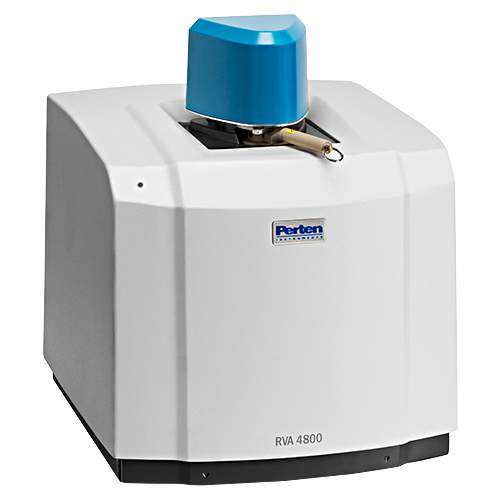
RVA
The Rapid Visco Analyser is a unique tool for product development, quality and process control and quality assurance. It's a cooking, stirring viscometer with r ...
Learn More
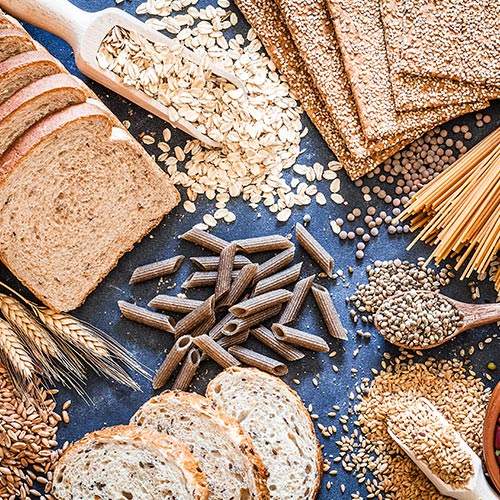
Benchtop NIR Analyzers
Our lab/at-line instruments are extremely versatile, ideal for everything from incoming ingredients to processed samples and finished products. Grains, pellets, ...
Learn More

Chromatography
Whatever your application, industry requirements or regulations, we have a breadth of solutions designed to solve your separation and detection challenges. Our ...
Learn More











